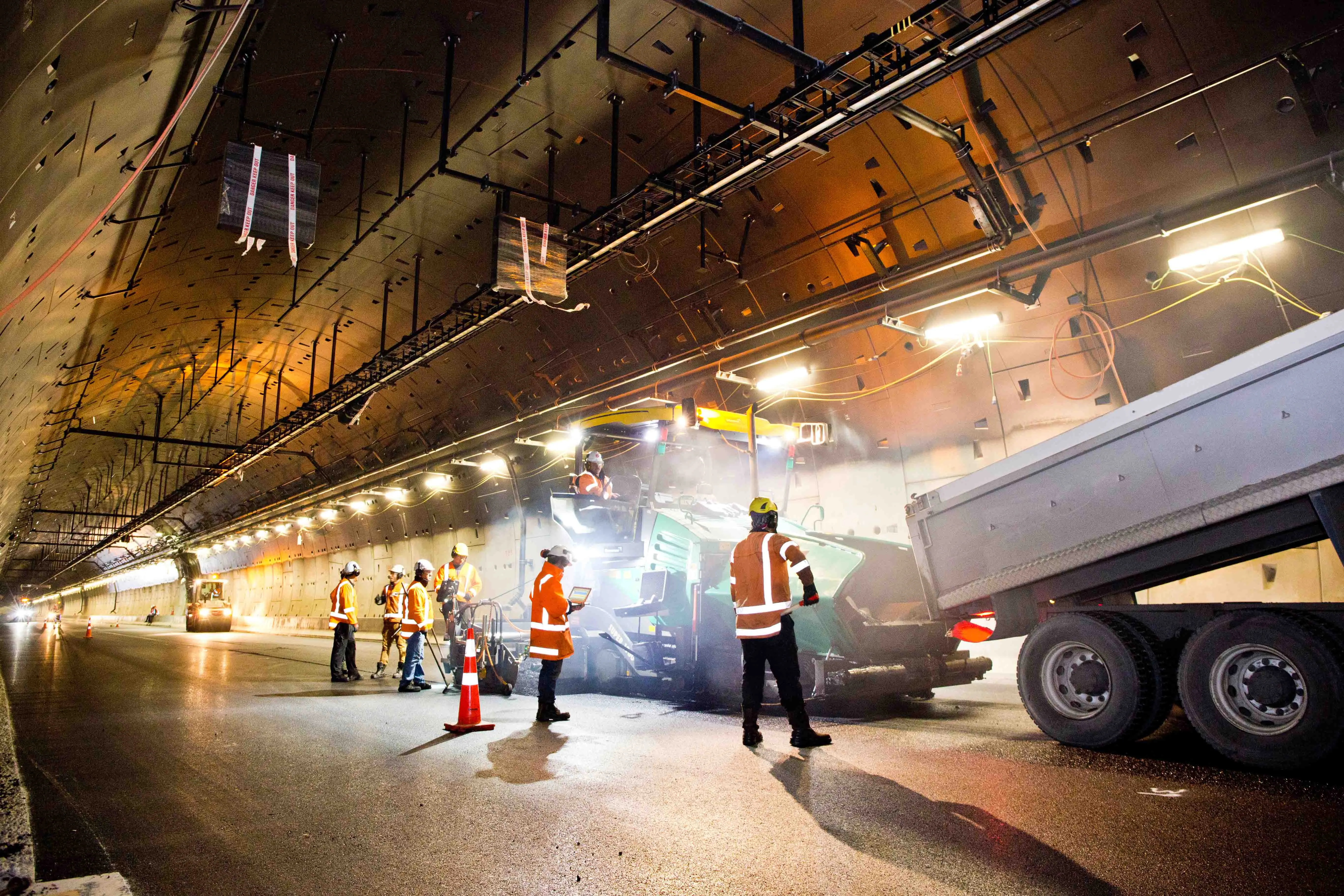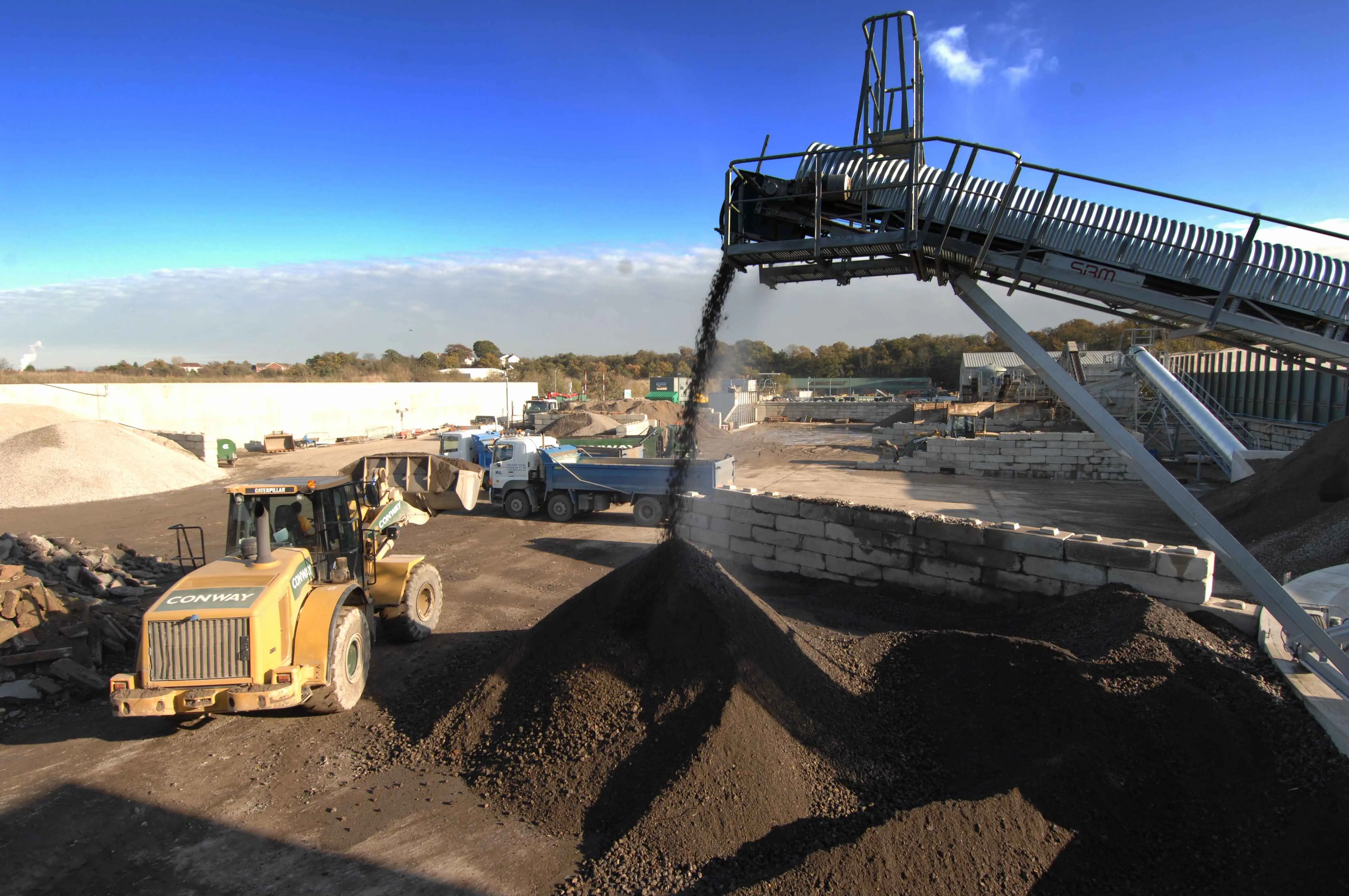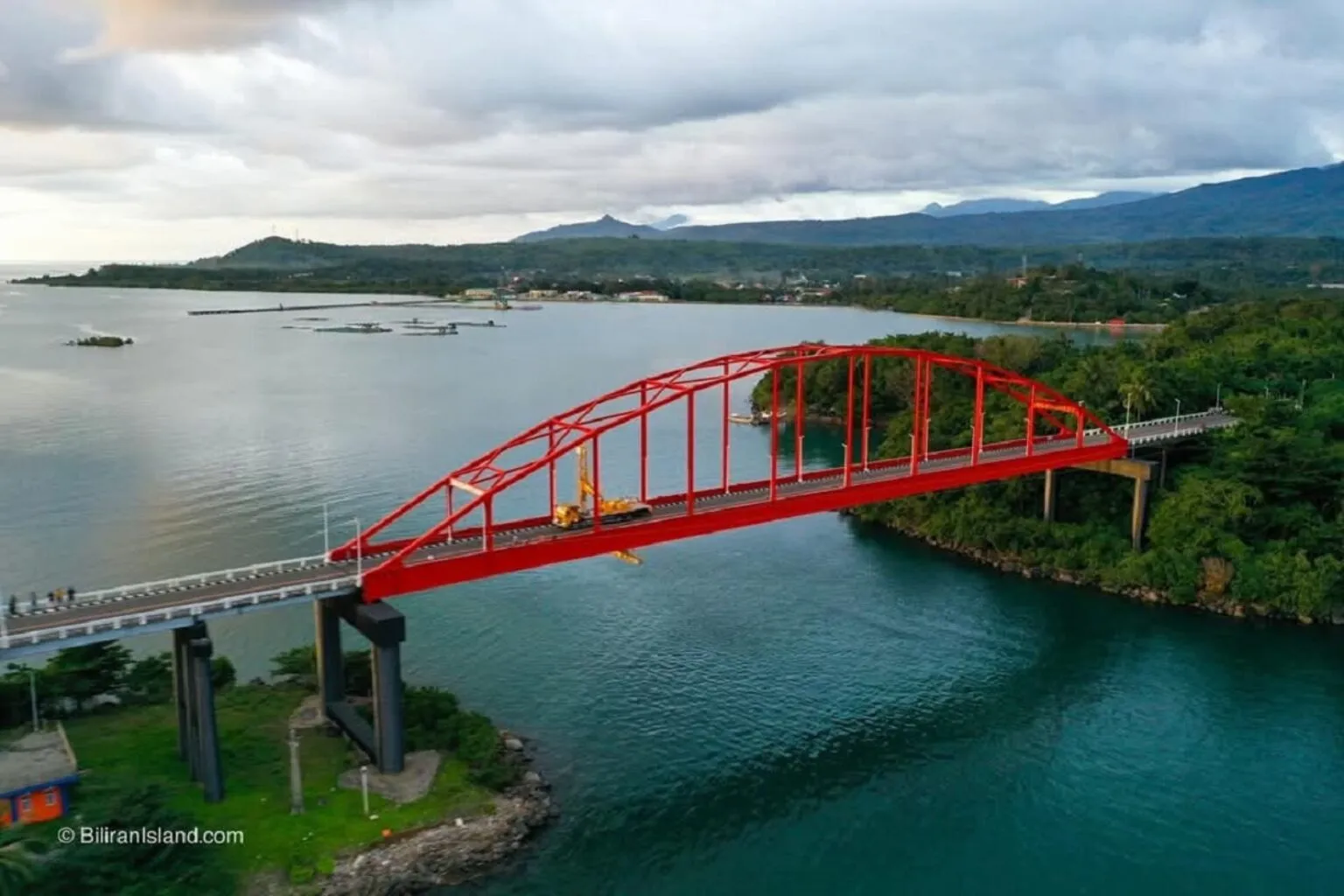A further US$94.08 million (£60mn) is to be spent on fixing the Hammersmith flyover “monstrosity” in west London, England. Transport for London (TfL) is to fund a second phase of repairs to the structure’s badly corroded arches due to start in October 2013. The flyover was shut to all traffic just before Christmas 2011 to allow initial emergency arch repairs – leading to huge traffic chaos in west London – before being partially reopened a few weeks later. It was not fully opened until late May 2012.
June 14, 2013
Read time: 2 mins
A further US$94.08 million (£60mn) is to be spent on fixing the Hammersmith flyover “monstrosity” in west London, England.
2387 Transport for London (TfL) is to fund a second phase of repairs to the structure’s badly corroded arches due to start in October 2013. The flyover was shut to all traffic just before Christmas 2011 to allow initial emergency arch repairs – leading to huge traffic chaos in west London – before being partially reopened a few weeks later. It was not fully opened until late May 2012.
The latest work will take the total spent on maintaining it to at least $109.75 million (£70mn). The latest work will be carried out by the construction and civil engineering firm2319 Costain.
Hammersmith flyover, which carries the A4 over Hammersmith and is used by 90,000 vehicles daily, will be subject to overnight lane closures, but engineers are confident there will be no need for weight restrictions.
Only last month, Hammersmith & Fulham Council (HFC) backed an expensive ‘flyunder’ tunnel as an alternative route into London from the west, but works could cost at least $392 million (£250mn) to complete.
Speaking recently on the long-running Hammersmith flyover safety saga, HFC council leader Nick Botterill reportedly said, “We know that vital repairs are necessary to the flyover but this needs to be the last time TfL spends a huge amount of taxpayers’ money on maintaining this monstrosity. Any other cash set aside for future work to the flyover needs instead to be pumped into making the flyunder a reality.
“A new tunnel solution would dramatically improve the quality of life for thousands of west Londoners and link the riverfront with Hammersmith town centre for the first time since the 60s.”
The latest work will take the total spent on maintaining it to at least $109.75 million (£70mn). The latest work will be carried out by the construction and civil engineering firm
Hammersmith flyover, which carries the A4 over Hammersmith and is used by 90,000 vehicles daily, will be subject to overnight lane closures, but engineers are confident there will be no need for weight restrictions.
Only last month, Hammersmith & Fulham Council (HFC) backed an expensive ‘flyunder’ tunnel as an alternative route into London from the west, but works could cost at least $392 million (£250mn) to complete.
Speaking recently on the long-running Hammersmith flyover safety saga, HFC council leader Nick Botterill reportedly said, “We know that vital repairs are necessary to the flyover but this needs to be the last time TfL spends a huge amount of taxpayers’ money on maintaining this monstrosity. Any other cash set aside for future work to the flyover needs instead to be pumped into making the flyunder a reality.
“A new tunnel solution would dramatically improve the quality of life for thousands of west Londoners and link the riverfront with Hammersmith town centre for the first time since the 60s.”









